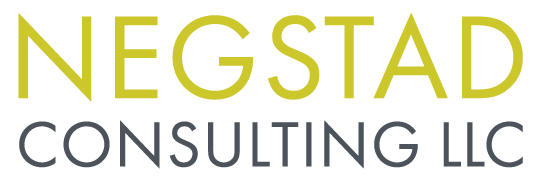5 Minutes on Balancing Task, Relationship, And Process
Task, Relationship, Process.
There has been a lot of use of this framework, originally created by Jehn as an intragroup conflict scale in the 90s. But these categories can also be used to help us, as leaders, pay attention to, and find balance between, these different parts of our team's development.
We can easily focus too heavily on any one of the three areas.
Often we are overly focused on task, but it could be relationship or process that are out of balance.
We want to be tuning into all three with our teams, so we can make adjustments to maintain the right alignment.
Before we dig in, it’s important to remember that balance does not mean equal.
The focus of your team might need to shift towards task, relationship or process over time. More time spent on relationships when new team members are added, a heavier focus on process when things shift (like to remote work), or an emphasis on task when important deadlines are looming.
The balance between the three will shift over time, but by attending to each area we ensure we don't lose sight of any one of them.
Here are some ways to get started in each area.
TASK:
It’s easy to focus almost solely on tasks.
After all, we have work to do!
But we don’t want to overdo it, especially when our meetings are happening remotely and burn out is real.
Here are a few ideas for balancing tasks in your remote teams:
Have shorter, more frequent meetings.
Use Adaptive Action for quick planning sessions. Asking questions like these can help you get organized and take action: What have we learned since the last time we met? So what is most important right now? Now, what will we each do before our next meeting? (credit: Human Systems Dynamics Institute)
Use breakouts, subgroups, and assignments when possible. Get clear on what activities need to be completed as a team during the meeting and what can be assigned to individuals or groups outside of the group meeting time.
PROCESS:
Providing a framework for HOW team meetings and interactions will go can provide certainty even in the context of uncertainty. And there is certainly a lot of uncertainty these days.
Here are some ideas for setting that framework:
Create the agenda on a shareable document where people can add items.
Have some set agenda items, which include relationship AND task items. Here are three ideas for adding “relationship” into your agenda:
Do a check-in at the beginning of each meeting to see if people want a little time/space to just "be" together or would people rather focus (if people want both, leave hang out time at the end or take turns with the type of meeting).
As a facilitator, think of 1 or 2 check-in questions that would be most useful to the team right now. e.g. What are your hopes for this meeting? What part of you doesn’t want to be here? What is on your mind today? What is one question you would like answered by the end of this meeting? (credit: www.lewisdd.com)
Notice if there is tension and don't be afraid to say something like "I just noticed energy shifted, did you?" or "Seems like we have differing views here, let's take some time to hear each one of them."
Share the facilitation of the team meeting to build shared leadership. Consider a facilitation training for you and your team to learn this skill.
RELATIONSHIP:
It's important to build and foster strong relationships on your team, while also honoring individual needs.
It's inevitable that your team will face challenges, change, uncertainty, and disagreement.
Here are ideas for building connection and resilience on your team:
Surface disagreements when they show up. Model that it's okay to have differing ideas/disagreement, after all, they can lead to some of our best work.
Think about scheduling times when your team is working individually at the same time. That way you can collaborate on ideas, address issues more immediately, and capture what Adam Grant describes as "burstiness" similar to when you were working together in the same office.
Give an "opt-out" option once a quarter if your teammates need a Zoom break, they can miss one of the meetings.

